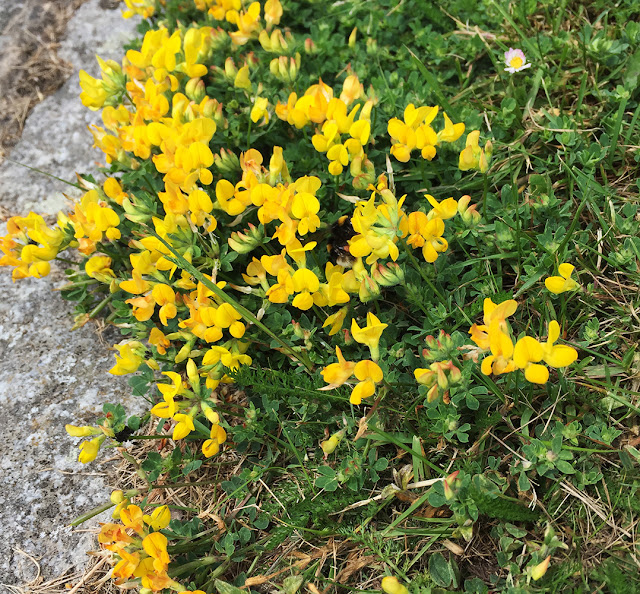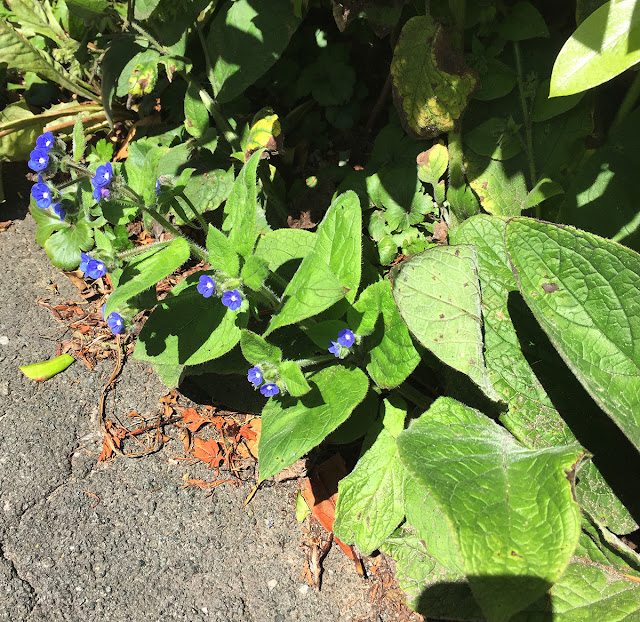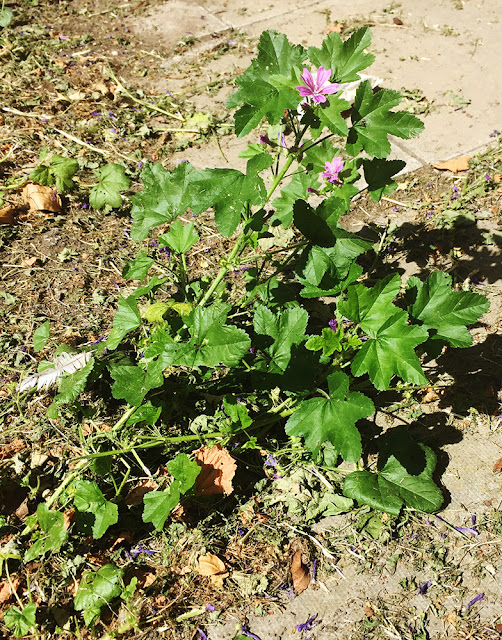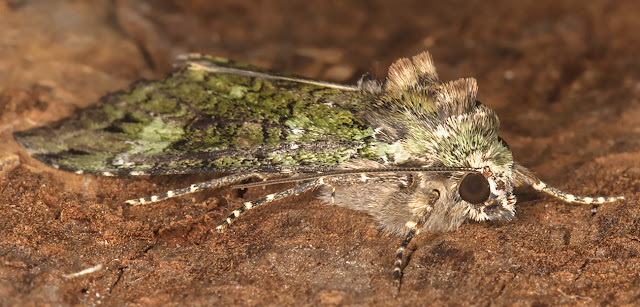 |
| Green Arches, Anaplectoides prasina. Crowborough, 24 June 2017. |
I have been seeing a lot of new moths in my garden in Crowborough, some that I didn't see in my Hayes garden, some that I have never seen anywhere before. Here are some of those that are quite new to me.
This Green Arches is excellent! It's a woodland species and a Noctuid, and there are not many green Noctuids.
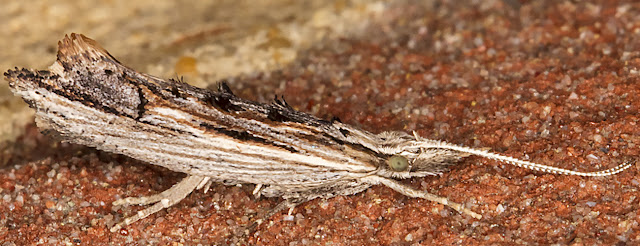 |
| Ypsolopha scabrella. Crowborough, 10 July 2017. |
Ypsolopha scabrella is a micromoth, according to the rather arbitrary division of moths into micro and macro. Its profile and especially those scale tufts on its back make it easy to identify. Apples and hawthorns are the preferred food of its larvae, and there's no shortage of those.
 |
| Pebble Prominent, Notodonta ziczac. Crowborough, 17 July 2017. |
Pretty Pebble Prominent, with the rather wonderful scientific name Notodonta ziczac, is another new one for me. It's not scarce, but a lot of moths are quite local in their habits and don't cover the whole of an area.
 |
| Yellow-tail, Euproctis similis. Crowborough, 20 July 2017. |
Again, the Yellow-tail isn't scarce, I just haven't come across it before. This one is a male, and doesn't have a yellow tip to its abdomen like the females.
 |
| Silver Hook, Deltote uncula. Crowborough, 20 July 2017. |
This Silver Hook, however, is rather scarce and hasn't been recorded close to Crowborough in the past, at least according to the records I have seen. The UKMoths site says: "Occupying marshes, fens and acid bogs, this species has a scattered
distribution over much of Britain, but is largely absent from most of
central England." Well, I do not live in a marsh, fen or acid bog, but on the other hand, nor do I live in a wood and I see plenty of woodland species. Perhaps the recent rainstorms have moved a few individuals from their home territories.









